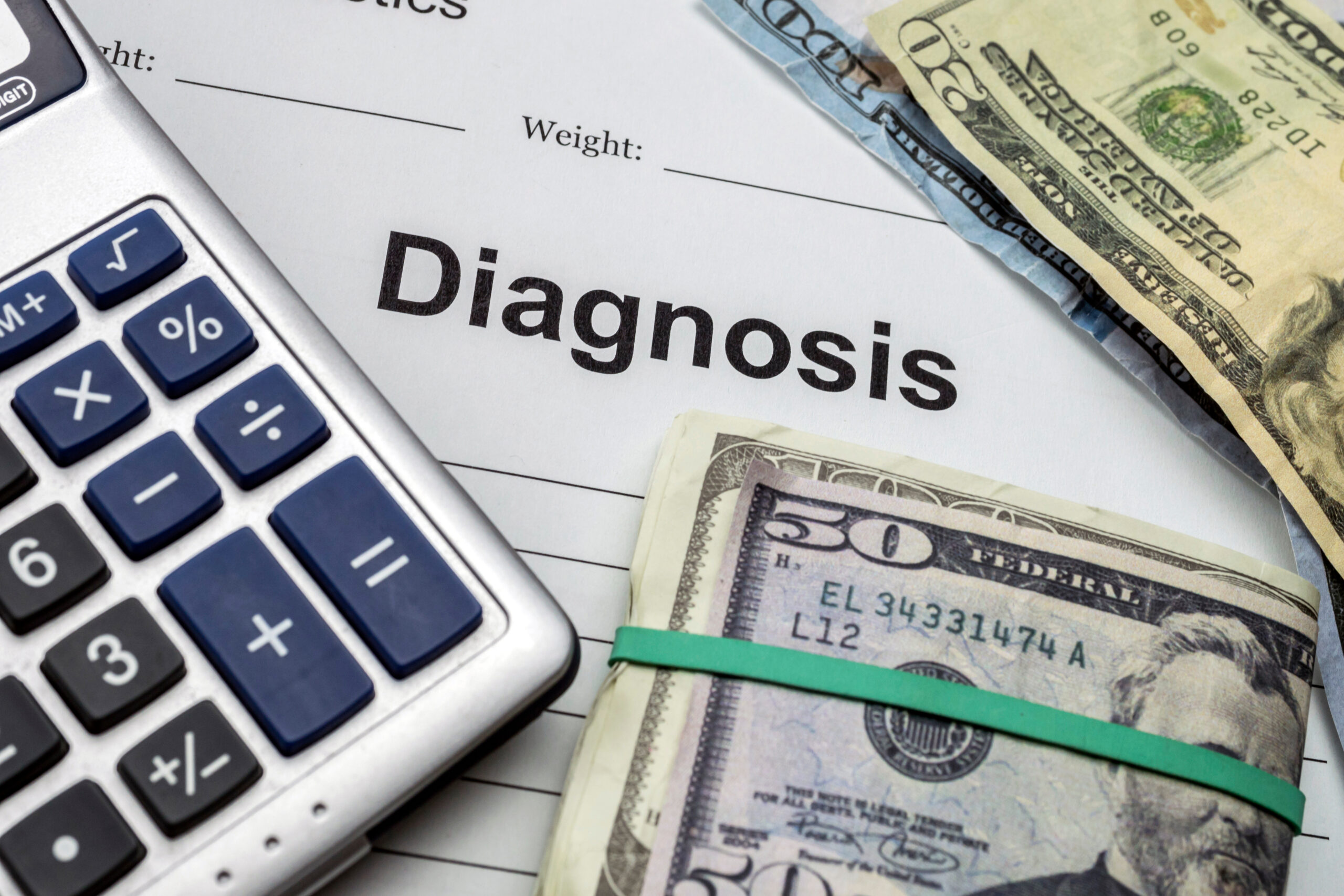Why do some people develop hunchbacks
A hunchback, medically known as kyphosis, happens when the upper part of the spine curves forward more than usual, creating a rounded or hunched appearance. But why do some people develop this condition? The reasons vary and can be quite different depending on age and health.
**Poor Posture: The Most Common Cause**
One of the simplest reasons for developing a hunchback is poor posture. This is often seen in teenagers or young adults who slouch frequently—maybe from spending too much time sitting at desks, looking down at phones, or carrying heavy backpacks incorrectly. This type of kyphosis is called postural kyphosis. It’s usually flexible and can be corrected by improving posture through exercises and awareness[1][3].
**Growth-Related Changes**
Some people develop a more serious form during their growth years called Scheuermann’s kyphosis. Here, parts of the vertebrae don’t grow properly, causing the spine to bend forward sharply. Unlike postural kyphosis, this one isn’t just about slouching; it’s structural and may cause back pain that worsens with long periods of standing or sitting[1].
**Born With It: Congenital Kyphosis**
In rare cases, babies are born with spinal problems that cause kyphosis right from birth. This congenital type happens because some vertebrae didn’t form correctly while still in the womb. These cases tend to be more severe and might need early medical treatment[1][3].
**Age-Related Causes**
As people get older, bones can become weaker due to conditions like osteoporosis—a disease that makes bones fragile and prone to fractures. When tiny fractures happen in the spine’s vertebrae over time, they can collapse slightly and push the spine into a hunched shape known as degenerative kyphosis[2]. Arthritis or disc wear-and-tear also contribute.
**Other Medical Conditions**
Sometimes infections like tuberculosis (called Pott’s disease when it affects the spine), tumors weakening bone structure (like multiple myeloma), inflammatory diseases such as ankylosing spondylitis (which stiffens spinal joints), or neuromuscular disorders can lead to abnormal curvature of the back[1][3].
**Lifestyle Factors That Add Up**
Long hours spent sitting without moving much (a sedentary lifestyle), lifting heavy objects improperly, or carrying weight unevenly on one side may strain your back muscles and worsen posture problems over time—potentially leading to mild forms of hunchback if not addressed early[5].
—
### In Summary
People develop hunchbacks for many reasons:
– Poor posture habits causing flexible curvature
– Structural growth defects during adolescence
– Birth defects affecting spinal formation
– Bone weakening diseases in old age
– Infections, tumors, inflammation damaging vertebrae
– Lifestyle factors adding stress on back muscles
Most mild cases related to posture improve with exercise and better habits while severe types sometimes require medical intervention such as surgery.
Understanding these causes helps us take better care of our backs before small problems turn into bigger ones.





